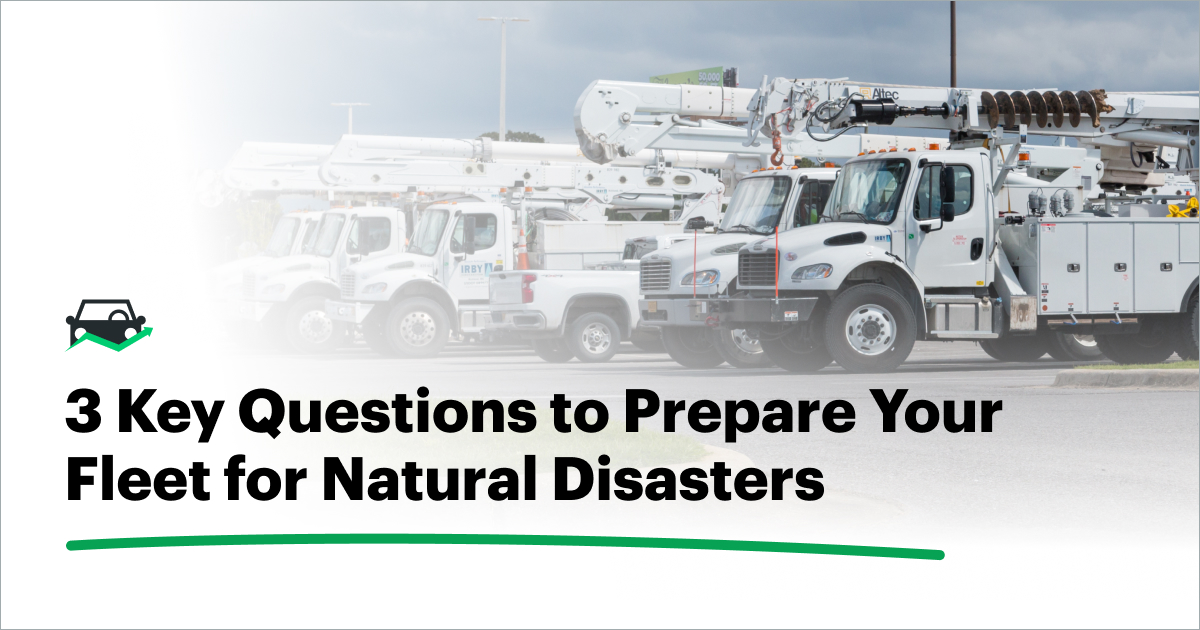As a fleet manager, your most important asset is your drivers. To continually improve fleet operations, investing in driver education and improvement is crucial. While training your team on general vehicle safety is a given, proper load safety training can also increase fleet efficiency and save you thousands of dollars.
Whether you have a truck loaded with cement blocks or boxes on the front seat of the company car, there is always a proper way to load and secure. An improperly secured load can cost you in many ways. The load could shift causing the driver to lose control of the vehicle, resulting in loss of product, equipment or even life. Product may also fly off the vehicle causing a serious road hazard or accident. Unsafe driving practices can even cause a properly secured load to become at risk.
Here are 5 ways to improve load safety:
1. Require regular continuing education on driving basics. Smith System and DuPont have great training courses for drivers. In between continuing education programs, have regular meetings to remind your drivers about important topics like weather conditions, school buses and defensive driving.
2. Ensure drivers have training on driving while under load (while hauling cargo or people). Driving under load completely changes the dynamics of the vehicle. Basic things like stopping and accelerating take longer, so it’s vital your drivers are aware of their surroundings, watch their mirrors and do not overreact to a situation because they were unprepared. Overreacting can be just as dangerous as under-reacting.
3. Conduct regular load securement training focused on both outside and inside the vehicle. Unsecured objects inside the vehicle can cause accidents as well. Drivers may casually throw items on the front or back seats without recognizing risk. But - what happens when the person in front of your driver stops suddenly causing him to do the same, throwing items from the seat onto the floor and wedging the gas pedal?
4. Ensure drivers know how to properly strap, block and brace exterior loads or cargo van loads. As a resource, drivers could use FMCSA.dot.gov’s free handbook on cargo securement. It is technically used for commercial motor vehicles, but the principles remain the same. Drivers must ensure restraints are appropriate for the load carried (weight and type of load).
5. Use the proper vehicle for the load at hand. It is important to ensure the type and size of the vehicle being used to haul the load is appropriate. You do not want to send your driver onto the road with five tons of product on a half ton truck. That may sound far-fetched, but it happens. When the load is too large for the vehicle, the brakes, drivetrain and suspension system are inadequate, putting the driver, vehicle and company at serious risk.



